Despite the size and habitat differences, domestic cats and tigers share strikingly similar stalking techniques. Both belong to the Felidae family, and their hunting instincts have been shaped by millions of years of evolution. Watching your house cat crouch and pounce on a toy is a miniature version of how a tiger hunts in the wild.
Shared Evolutionary Roots
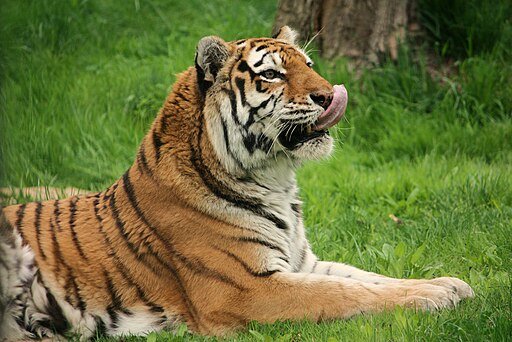
Domestic cats and tigers share a common ancestor, which explains their comparable behaviors. These evolutionary roots have equipped both species with innate hunting skills crucial for survival. Although domestic cats no longer need to hunt for food, their instincts remain deeply ingrained, manifesting in playtime antics.
The Perfect Stealth Approach
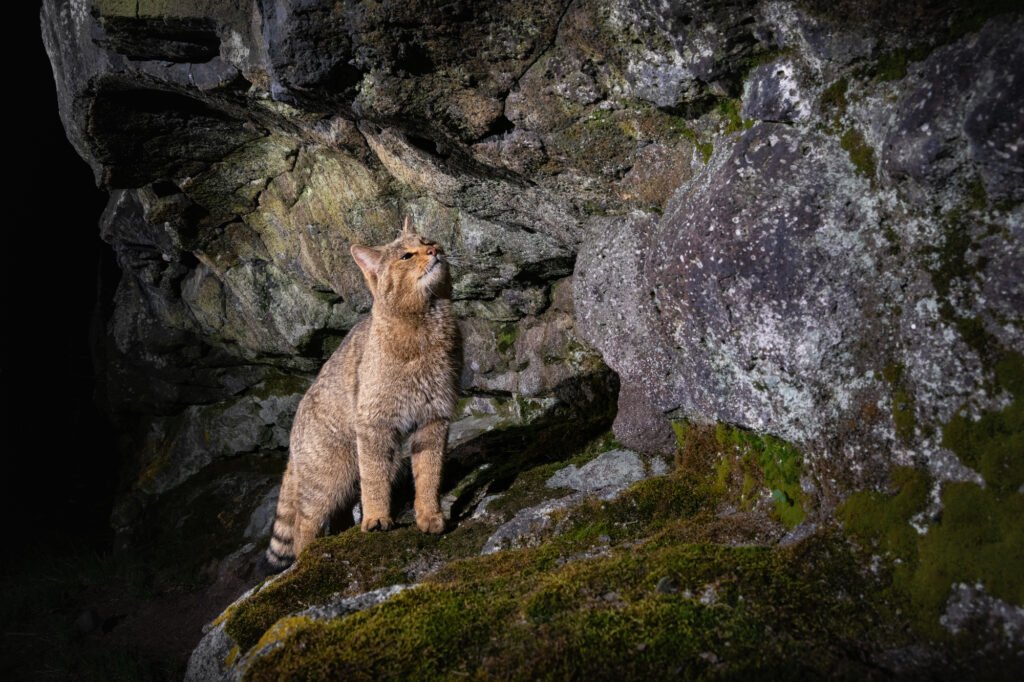
Stalking is a method of approaching prey with maximum stealth, ensuring the predator remains undetected. Both cats and tigers employ slow, calculated movements, staying low to the ground to minimize visibility. This technique allows them to get close enough for a swift and successful pounce.
Exceptional Focus and Precision
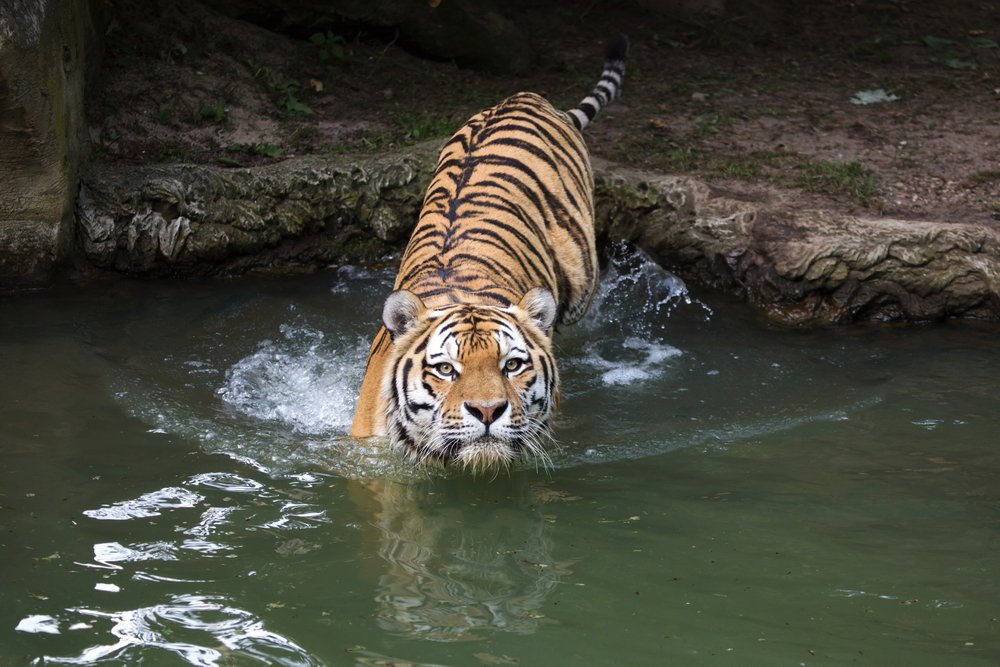
Both domestic cats and tigers exhibit remarkable focus when stalking their target. Their eyes lock on the prey, their bodies freeze, and every muscle prepares for action. This focus and precision are essential for tigers hunting in the wild, and for domestic cats, it’s the same instinct that drives their playful “hunts” around the house.
Powerful Hind Limbs for the Final Pounce
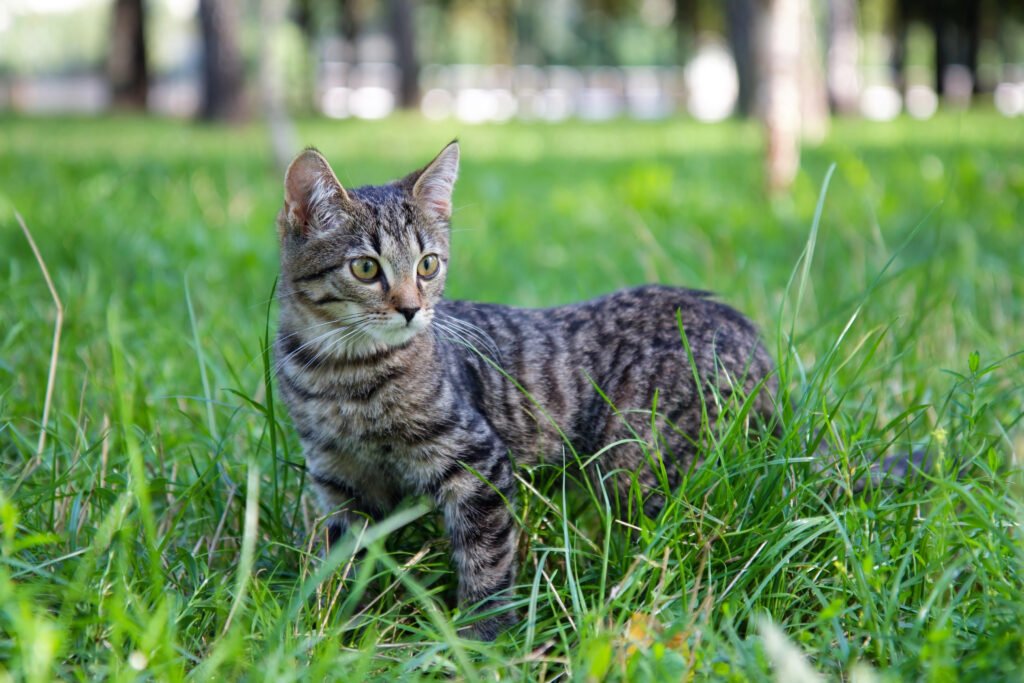
When the moment is right, both cats and tigers rely on their powerful hind limbs to launch a quick, accurate pounce. This explosive movement is the culmination of their stalking strategy, designed to minimize the chance of the prey escaping. For tigers, this means securing a meal; for house cats, it’s all about conquering a toy—or your unsuspecting foot!
Why These Instincts Remain

Domestic cats may not need to hunt for survival, but their instincts remain intact because they’re hardwired into their DNA. These behaviors are a form of mental stimulation, keeping their minds and bodies active. Tigers, on the other hand, depend on these techniques for their very survival, showcasing the shared skills adapted to different lifestyles.
Fascinating Connections Between Big and Small Cats

The shared stalking techniques between domestic cats and tigers highlight the fascinating connections between big and small cats. Despite their differences in size and environment, both are masters of stealth and precision. It’s a reminder of the wild ancestry that still lives within every playful house cat.
Appreciating the Wild Side of Our Pets
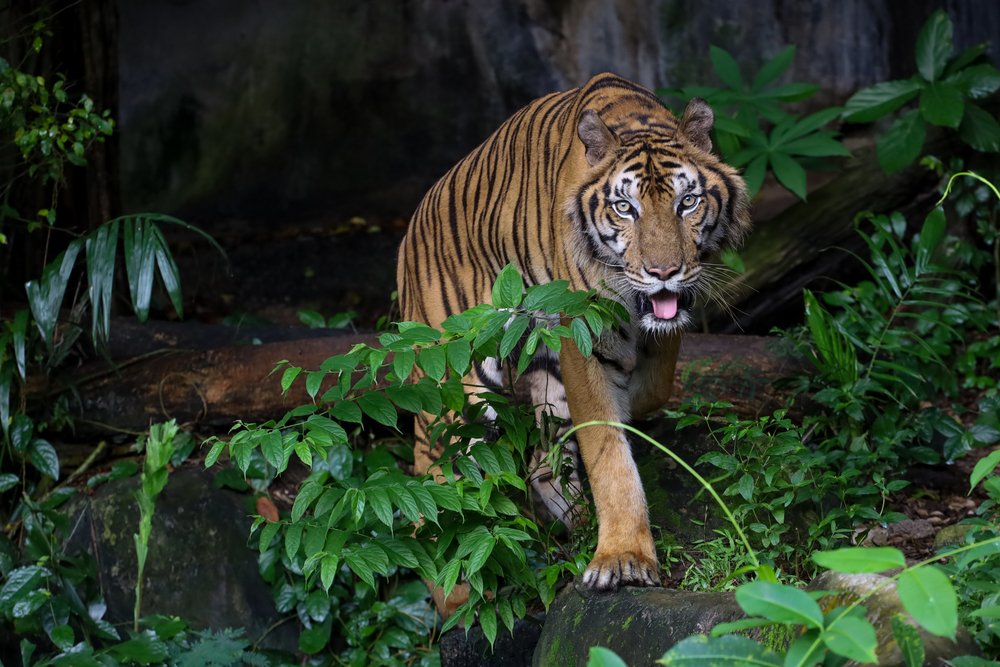
Understanding the shared behaviors of domestic cats and tigers gives us a deeper appreciation for the instincts of our feline companions. The next time your cat crouches and pounces, you’re witnessing a behavior honed by millions of years of evolution. Whether in the wild or in your living room, the art of stalking remains a testament to the incredible adaptability of the feline family.

Growing up traveling and experiencing new cultures and wonders, I have had a passion for nature, adventuring, photography, and videography. I am currently working towards a BSc in Biodiversity and Ecology at Stellenbosch University, and I hope to specialise in Marine Sciences one day.
Please send any feedback to Feedback@animalsaroundtheglobe.com






